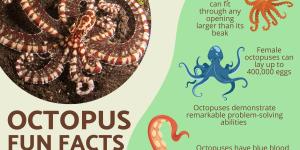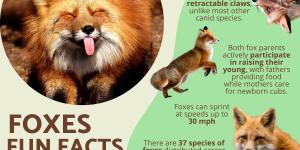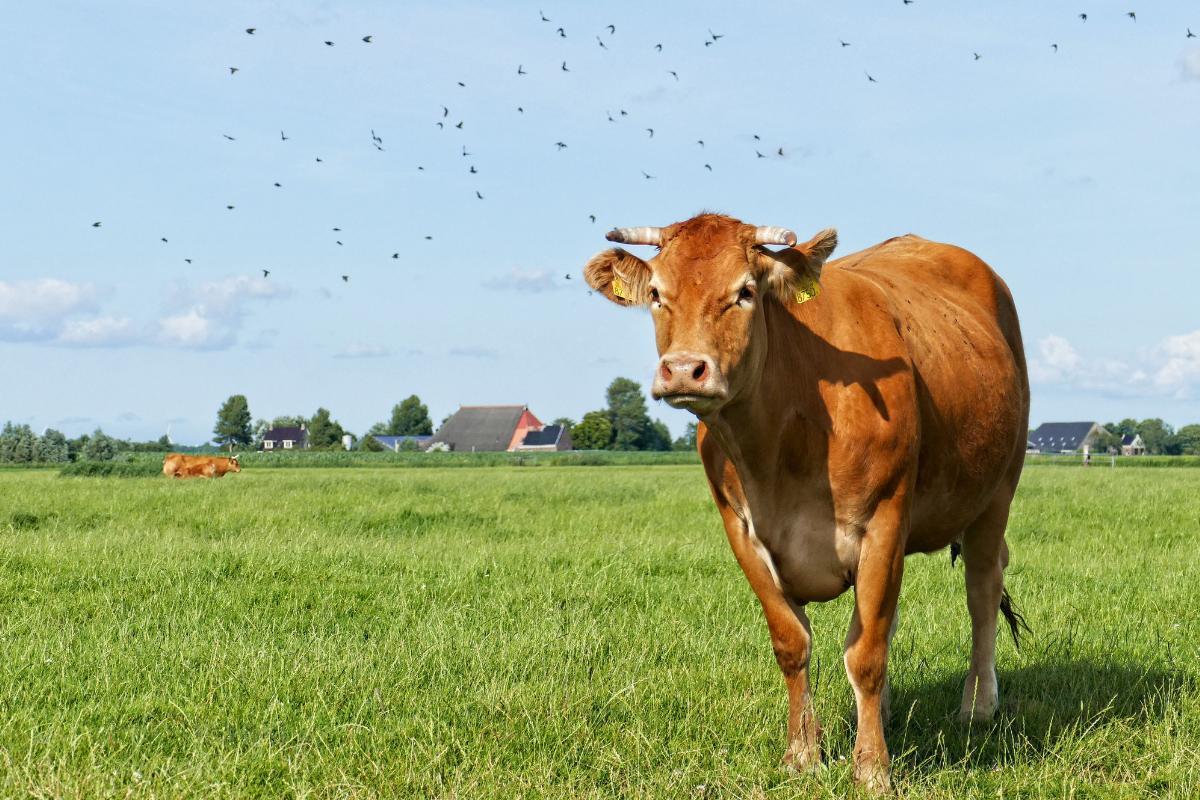Surprising Facts About Cows


When we look at cows grazing peacefully in fields, most of us see simple farm animals. But beneath their calm exterior lies a world of surprising intelligence, complex social lives, and sensory abilities that science is only beginning to fully understand. Far from being the docile, unaware creatures they're often assumed to be, cows possess distinct personalities, form deep friendships, experience a range of emotions, and demonstrate problem-solving abilities that challenge our traditional views of farm animals.
In the following article by thedailyECO, we will explore 15 fascinating facts about cows that you probably didn't know.
- They’ve got family everywhere
- They know how to have fun
- They can see behind their backs
- They’ve got ears like dogs
- They can form bonds with people
- They have their own personalities
- They form best friends
- They pass down their temperament
- They have happy and sad calls
- They show pain on their faces
- They recognize familiar faces
- They can smell stress hormones
- They never forget a path
- They’re bred for maximum production
- They share 80% of their genes with us
They’ve got family everywhere
Cows belong to the Bovidae family, which extends far beyond the dairy cows grazing in pastures. This diverse group includes mountain goats, bison and antelopes.
What connects this family? They're all ruminants with multi-chambered stomachs that process tough plants through fermentation and cud-chewing. Most have horns that serve as weapons, status symbols, and survival tools.

They know how to have fun
Cows aren't just farm animals that eat grass all day. Research shows they're actually quite smart and enjoy having fun. Scientists have found that cows can follow sounds and successfully navigate through mazes to find food, showing their problem-solving abilities.
What might surprise you is how playful these animals can be. When cows have enough space and freedom, they run across fields, race with each other, and even play with balls like dogs do. Young calves are especially playful, often seen jumping around and chasing one another.
They can see behind their backs
Cows have an extraordinary ability to see the world around them that most people don't realize. While humans can only see about 180 degrees of their surroundings, cows enjoy a much wider panoramic view of nearly 300 degrees.
This impressive visual range means cows can observe almost everything happening around them, including what's behind them, without turning their heads. This natural surveillance system comes from the position of their eyes on the sides of their head rather than facing forward like ours.
This wide-angle vision helps cows stay alert to potential dangers and keep track of their herd, though this comes with a trade-off: they have less depth perception than humans do for objects directly in front of them.
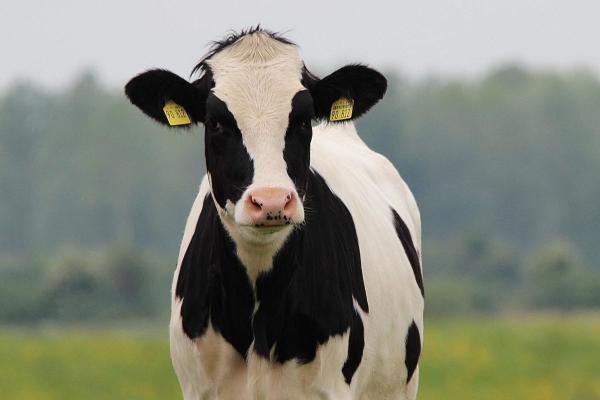
They’ve got ears like dogs
Cows possess great hearing abilities that rival those of dogs. Their sensitive ears can pick up a wide range of sounds, including very quiet ones humans might miss. This sensitivity, while helpful in nature, means that loud noises in farm environments can actually cause them significant stress.
Even more impressive is their sense of smell. Cows can detect odors from as far away as 8 kilometers (about 5 miles). This powerful olfactory ability helps them find food, identify other animals, and sense potential dangers in their environment.
These keen senses reveal how cows experience a world full of information that humans can barely perceive, and explains why providing them with calm, quiet environments is important for their wellbeing.
They can form bonds with people
Cows are more responsive to human interaction than most people realize. Research has discovered that positive contact with humans can significantly improve how cows relate to people. Something as simple as gently stroking a cow's neck can help reduce their fear of human handlers.
What's particularly fascinating is that this effect works regardless of the cow's individual personality, even naturally more nervous cows can become more comfortable around people through these gentle interactions. This finding has practical implications for dairy and cattle farms, where calmer cows generally means better welfare and productivity.
Cows play a bigger role in the environment than you might think. Discover how in our next article.

They have their own personalities
Just like humans, each cow has its own distinct personality that shapes how it behaves. Research has shown clear personality differences among cows in the same herd.
Some cows show bold, adventurous traits, they're the first to investigate new objects, explore different areas of their pasture, or try new foods. These curious individuals often lead the way for others and seem more comfortable with changes in their environment.
In contrast, other cows display more cautious, reserved personalities. They might hang back when something new appears, take longer to approach unfamiliar people, or stick to familiar routines and spaces. These shy cows often prefer the safety of the herd and familiar surroundings.
These personality differences affect not just how cows interact with each other, but also how they explore their environment, respond to changes, and even how they might perform on farms.
They form best friends
Cows are deeply social animals who thrive in community. Far from being simple herd animals that just stick together for safety, cows actually form specific friendships with particular members of their group.
Research has shown that cows develop preferred companions within their herds, animals they choose to spend time with, graze alongside, and rest near. These aren't random associations, but genuine social bonds that can last for years.
What's particularly revealing is how cows react when separated from their close friends. Studies have found that cows show measurable signs of stress when kept apart from their preferred companions, their heart rates increase, their behavior changes, and they may even produce less milk.
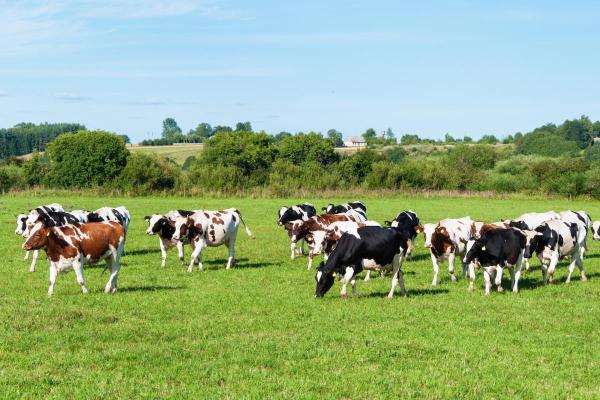
They pass down their temperament
The natural temperament of a cow plays a crucial role in how well it adapts to farm life. Cows with naturally calmer dispositions typically adjust more easily to different environments, handling procedures, and interactions with humans.
When farmers and handlers use gentle, patient approaches, even more nervous cows can become more comfortable around people over time. This adaptation is important since a cow's comfort level affects not just its welfare, but also its health and productivity.
Interestingly, temperament in cows has a genetic component that can be passed from parent to offspring. Because of this inherited trait, more temperamental or high-strung cows may not remain in herds as long as their calmer counterparts, as farmers often select for animals that are easier to manage and less reactive to stress.
They have happy and sad calls
Cows communicate their emotions through the sounds they make, with different calls conveying distinct feelings. Researchers studying cow vocalizations have discovered that these sounds follow patterns that reveal their emotional states.
When a mother cow is separated from her calf, she expresses her distress through longer, higher-pitched calls that can continue for days. These vocal signals communicate her anxiety and serve as a way for her calf to locate her.
In contrast, when a mother and calf are reunited after a separation, the cow's calls transform dramatically. Her vocalizations become shorter and lower-pitched.
There’s more to a cow’s stomach than you might think, discover the hidden mechanics behind their digestion.
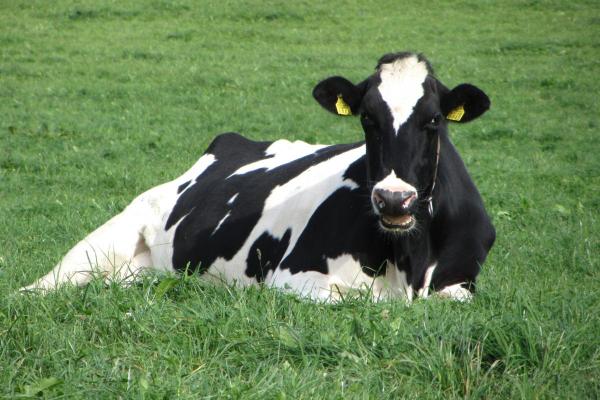
They show pain on their faces
Scientists have discovered that cows, like humans, show their pain through facial expressions. When experiencing discomfort, cows display specific changes in their face that researchers now call a "pain face."
These subtle facial signals include tightened muscles around the eyes, flattened or backward-pointing ears, tension in the muzzle, and changes in how they hold their head. By carefully observing these microexpressions, veterinarians and farmers can assess not just whether a cow is in pain, but also how severe that pain might be.
They recognize familiar faces
Cows possess cognitive abilities that go well beyond what most people imagine. Research has revealed that these farm animals can successfully complete complex tasks that challenge their problem-solving skills.
One impressive aspect of their intelligence is their visual discrimination ability. Cows can tell the difference between various shapes, distinguish between colors, and recognize objects of different sizes. This visual acuity serves them well in their natural environment but also demonstrates their mental capabilities.
Even more remarkable is their social recognition skills. When shown images of other cows, they can identify individuals they've met before, showing clear preferences for familiar faces over strangers. This facial recognition ability highlights their social intelligence and memory capacity.
When cows successfully complete tasks or solve problems, researchers have observed behaviors that suggest feelings of satisfaction or achievement, which is another indication that these animals experience complex emotional states alongside their cognitive processes.
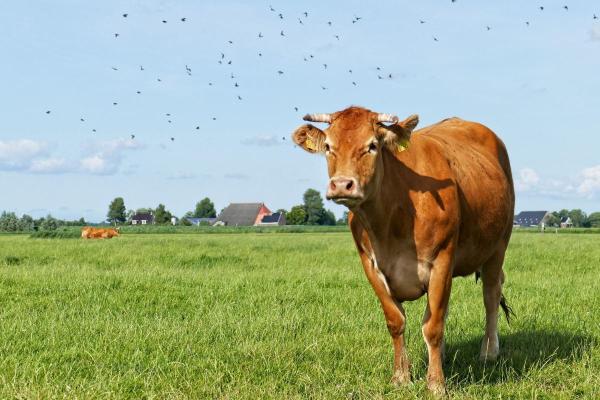
They can smell stress hormones
Cows possess an extraordinary sense of smell that plays a crucial role in how they interact with their world. Their olfactory system is remarkably powerful, allowing them to detect subtle chemical signals that humans cannot perceive.
One of the most surprising discoveries about cows' sense of smell is their ability to detect stress hormones in the urine of other herd members. This sensory capability serves as an early warning system, alerting cows to potential threats or stressful situations that affected their herdmates.
This chemical communication creates an invisible network of emotional information throughout the herd. When one cow experiences stress, others can detect it through these scent signals, potentially triggering similar emotional responses or cautionary behaviors.
They never forget a path
Cows possess an amazing spatial memory that helps them thrive in their environments. This cognitive skill allows them to create detailed mental maps of their surroundings, remembering the location of water sources, good grazing spots, and potential dangers.
Research has demonstrated this ability through maze tests, where cows consistently remember pathways they've traveled before. Once they learn a route to food or water, they can navigate back to it with surprising precision, even after significant time has passed.
This spatial memory serves a crucial survival function in the wild. For grazing animals like cows, remembering where to find resources while avoiding predators is essential. It also helps them efficiently manage their energy by not wasting time searching areas they've already explored.
They’re bred for maximum production
Dairy cows are specially bred to maximize milk production, which has transformed their natural biology over generations of selective breeding. What many people don't realize is that cows, like humans, only produce milk after giving birth. This means that for commercial dairy production, cows are kept in a cycle of pregnancy.
In modern dairy farming, cows typically begin their first pregnancy around 15 months of age. After giving birth, they produce milk for about 10 months, and are usually impregnated again during this lactation period. This cycle continues throughout their productive lives.
The conditions in which dairy cows live vary widely depending on the farming operation. While some farms maintain high welfare standards with access to pasture and proper care, industrial-scale operations often keep cows in more confined spaces with limited outdoor access. These conditions, along with the physical demands of high milk production, can lead to health issues including mastitis, lameness, and reproductive problems.

They share 80% of their genes with us
The biological connection between humans and cows runs deeper than most people realize. Scientific analysis of the bovine genome has revealed that cows share approximately 80% of their genetic material with humans. This substantial genetic overlap helps explain why cattle have historically been valuable in medical research and why certain medications tested on cattle often work similarly in humans.
This genetic similarity doesn't mean cows and humans look or behave alike, of course. The differences come from how these shared genes are expressed and regulated, along with the unique 20% that makes each species distinct. Nevertheless, this biological connection underscores how closely related all mammals truly are at the molecular level.
If you think cows chew like we do, think again. Their unique teeth structure might surprise you.
If you want to read similar articles to Surprising Facts About Cows, we recommend you visit our Facts about animals category.
- The Psychology of Cows: Lori Marino and Kristin Allen. The Someone Project, The Kimmela Center for Animal Advocacy, Florida State University, Tallahassee, FL, USA
- De Vries, A., & Marcondes, M. (2020). Review: Overview of factors affecting productive lifespan of dairy cows. Animal, 14(S1), S155-S164.
- Barnes, A. (2020). Fun Facts About Cows. The Open Sanctuary Project. https://opensanctuary.org/fun-facts-about-cows/?gad_source=1&gclid=EAIaIQobChMIn8WYvvSWjAMVullIAB01PgmMEAAYAiAAEgLDzPD_BwE



